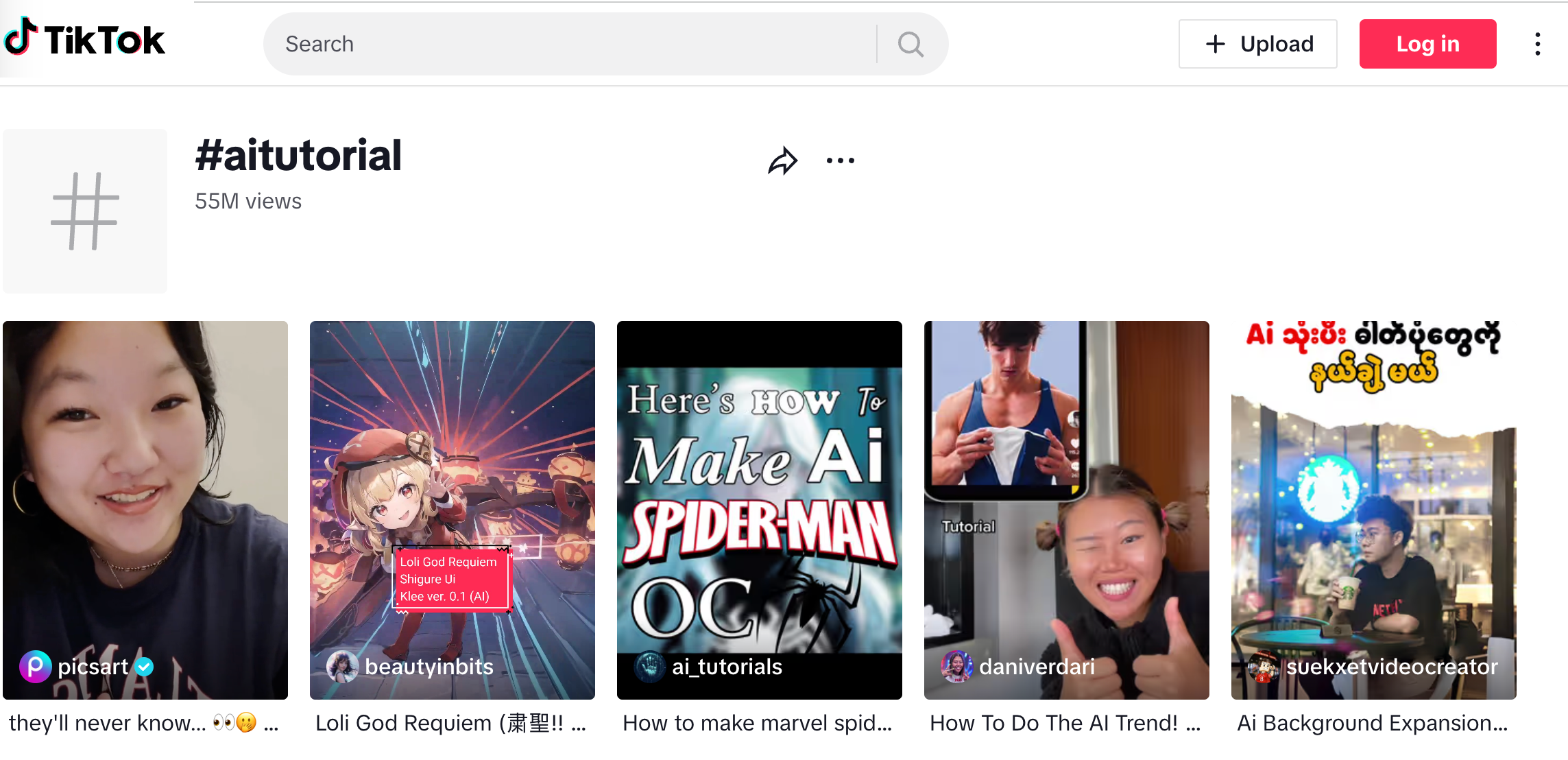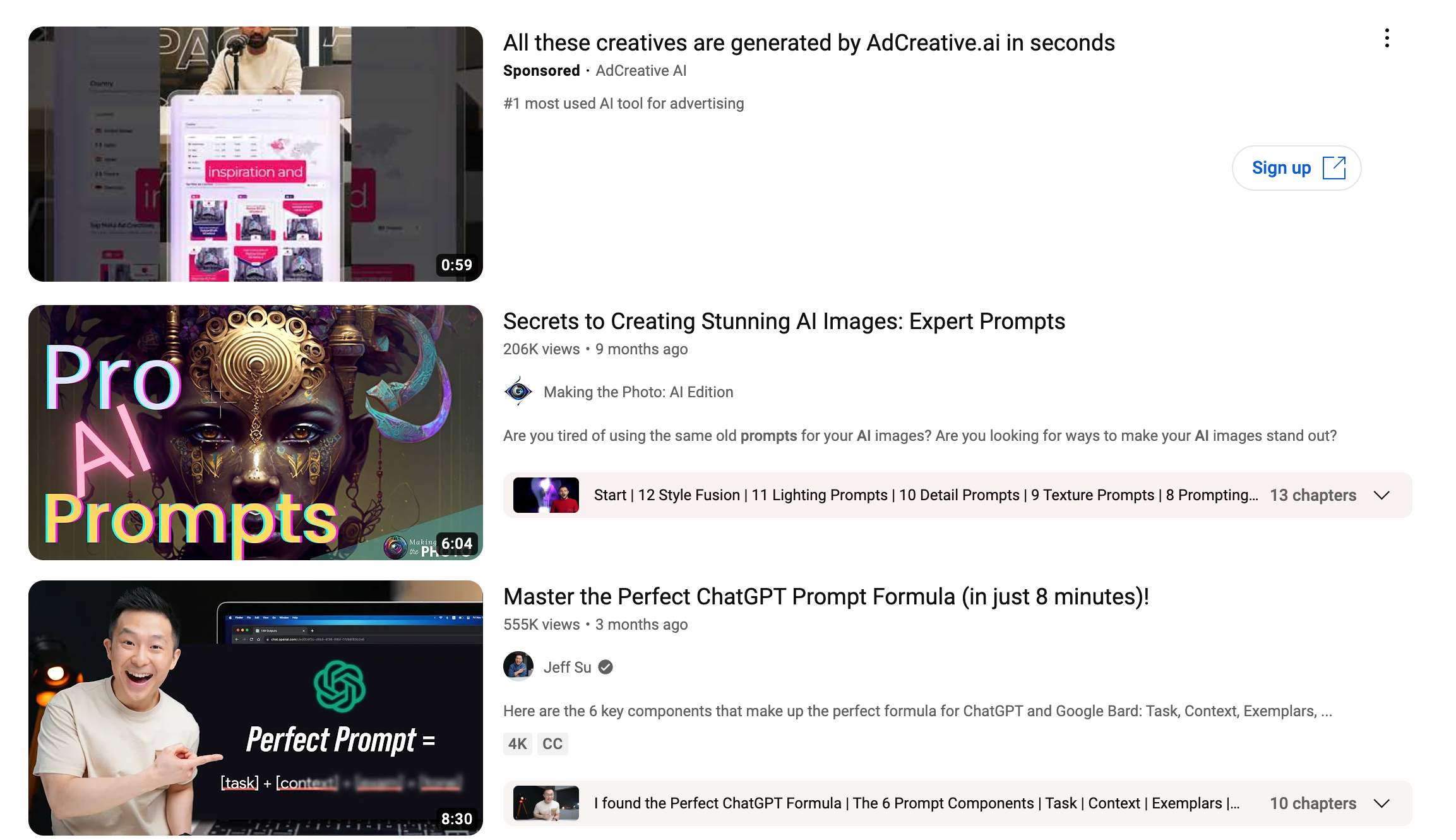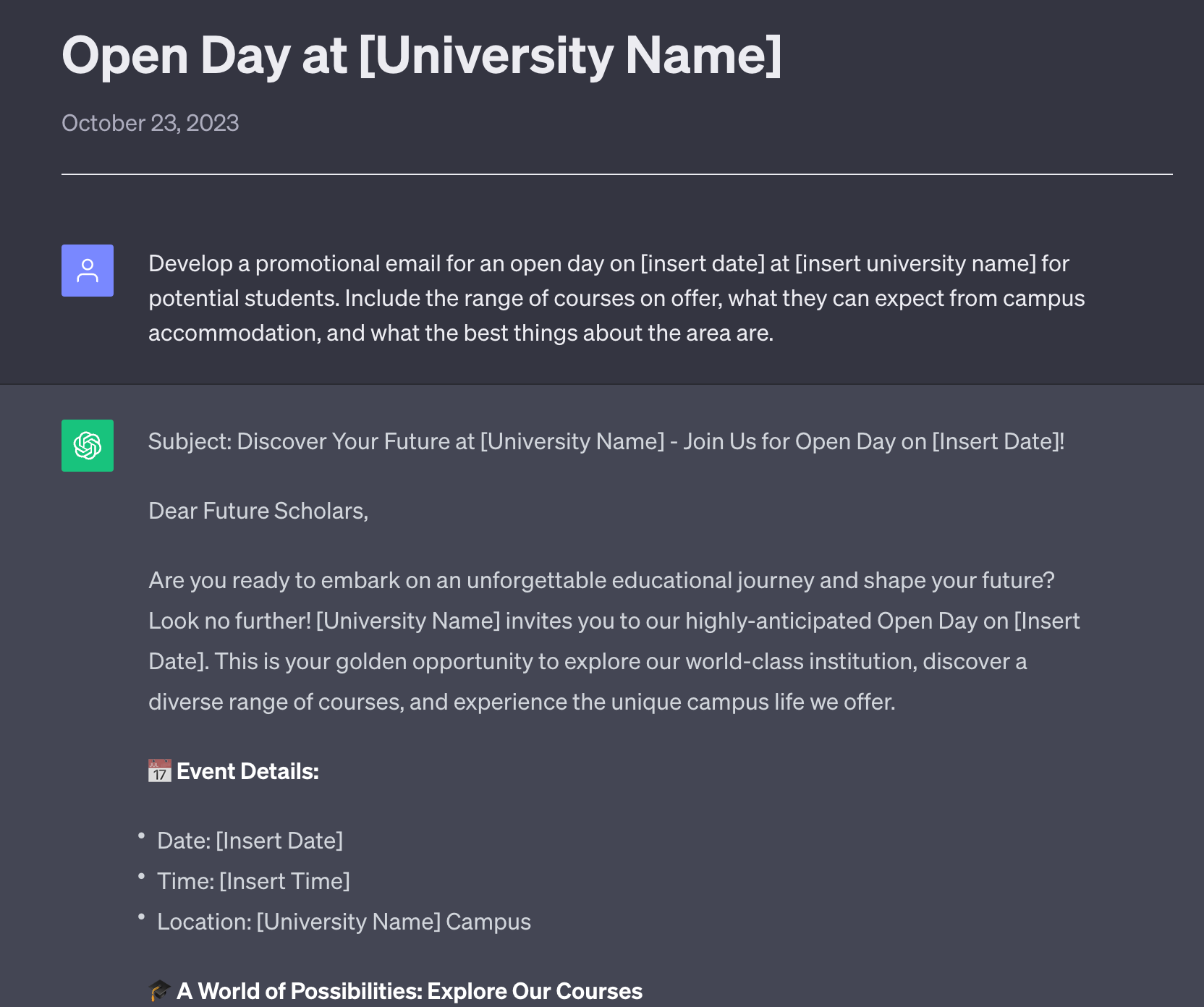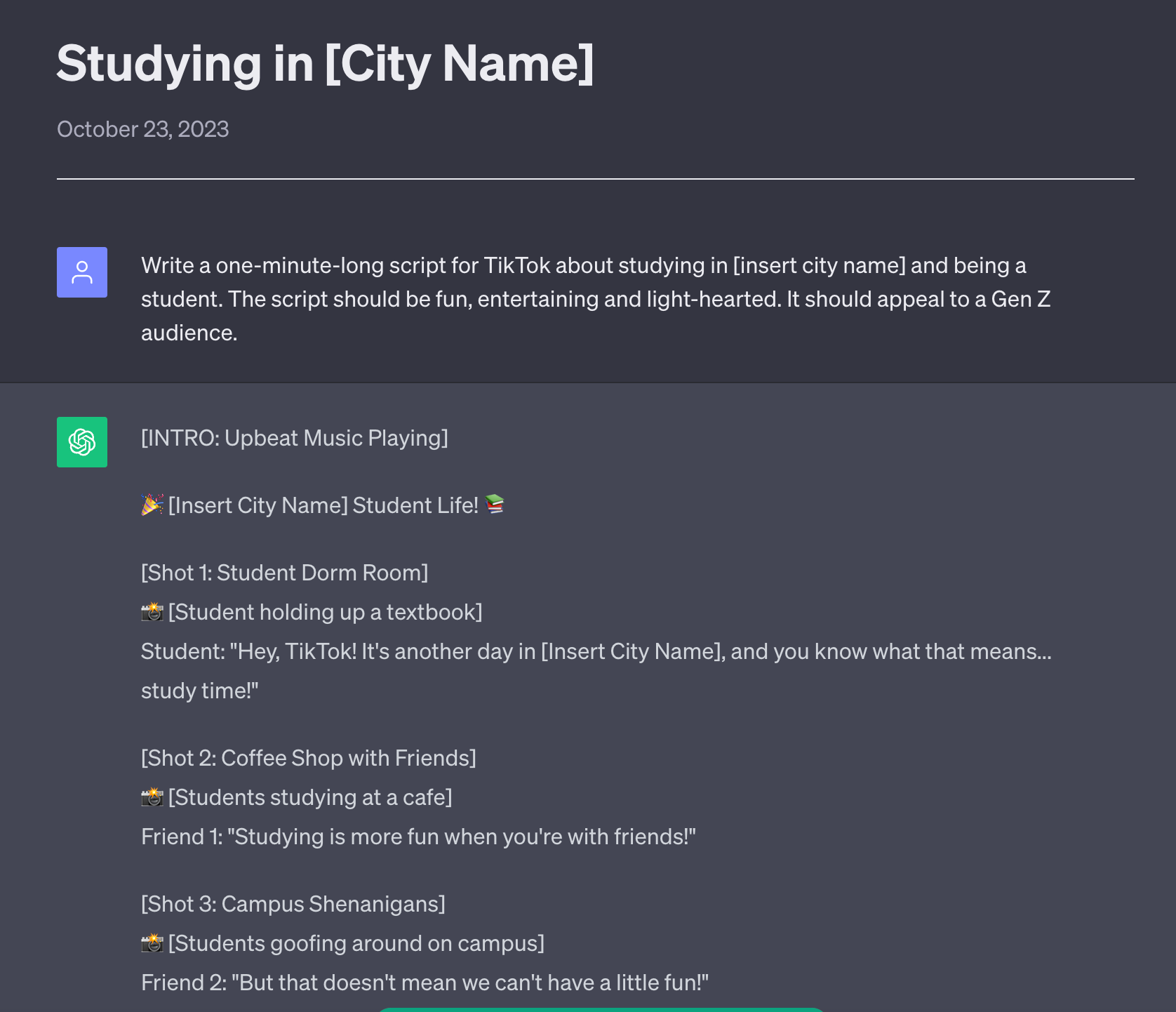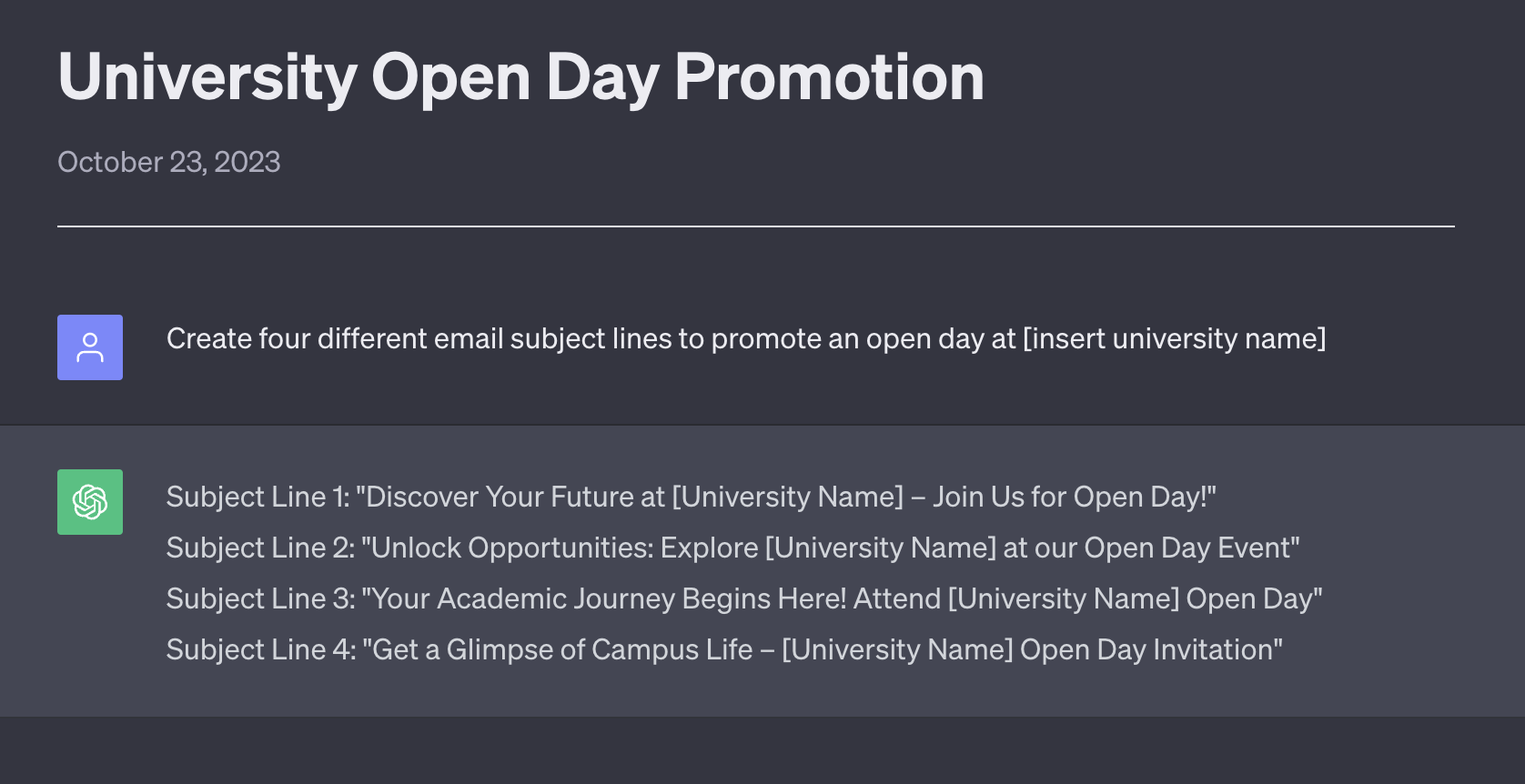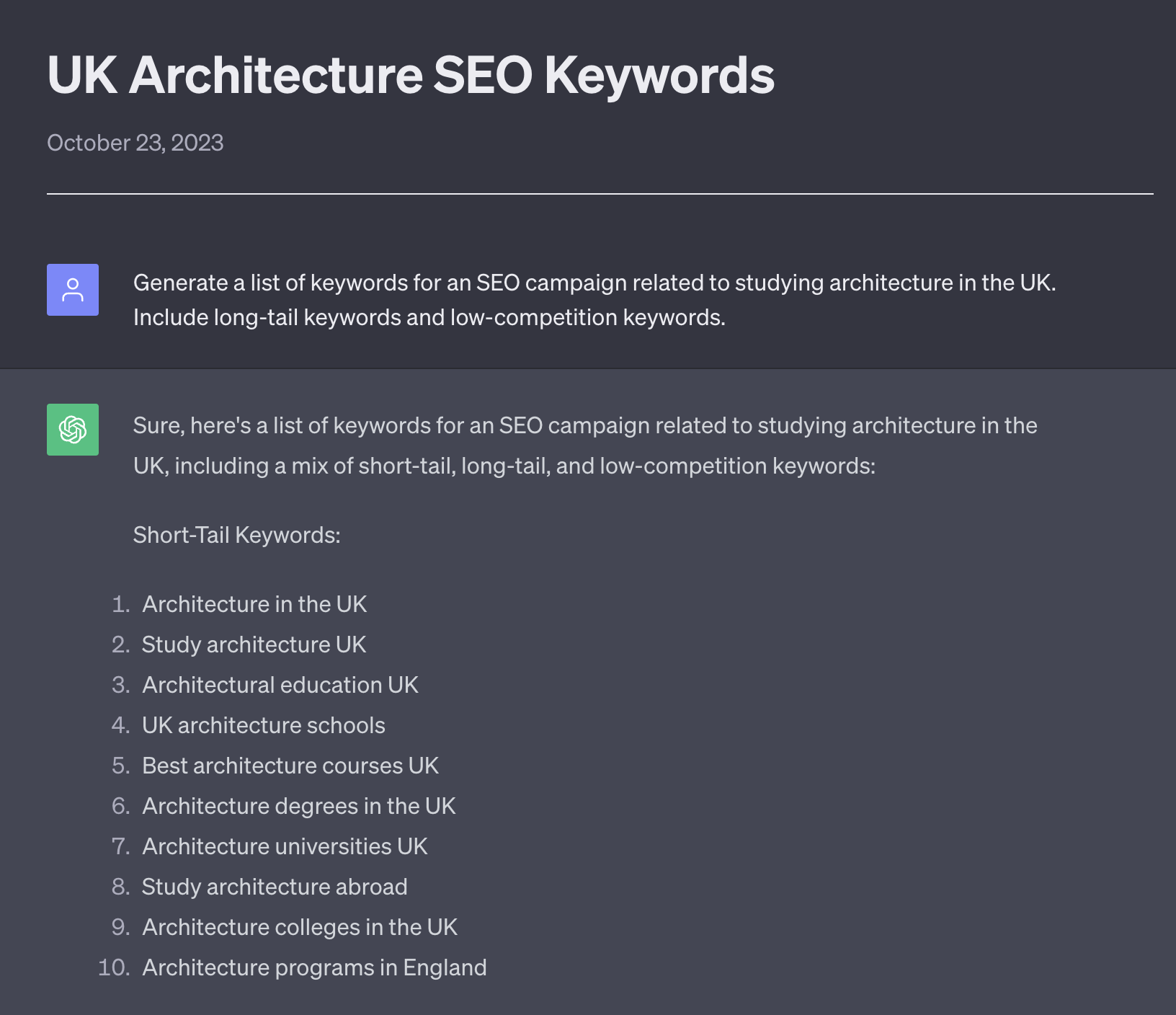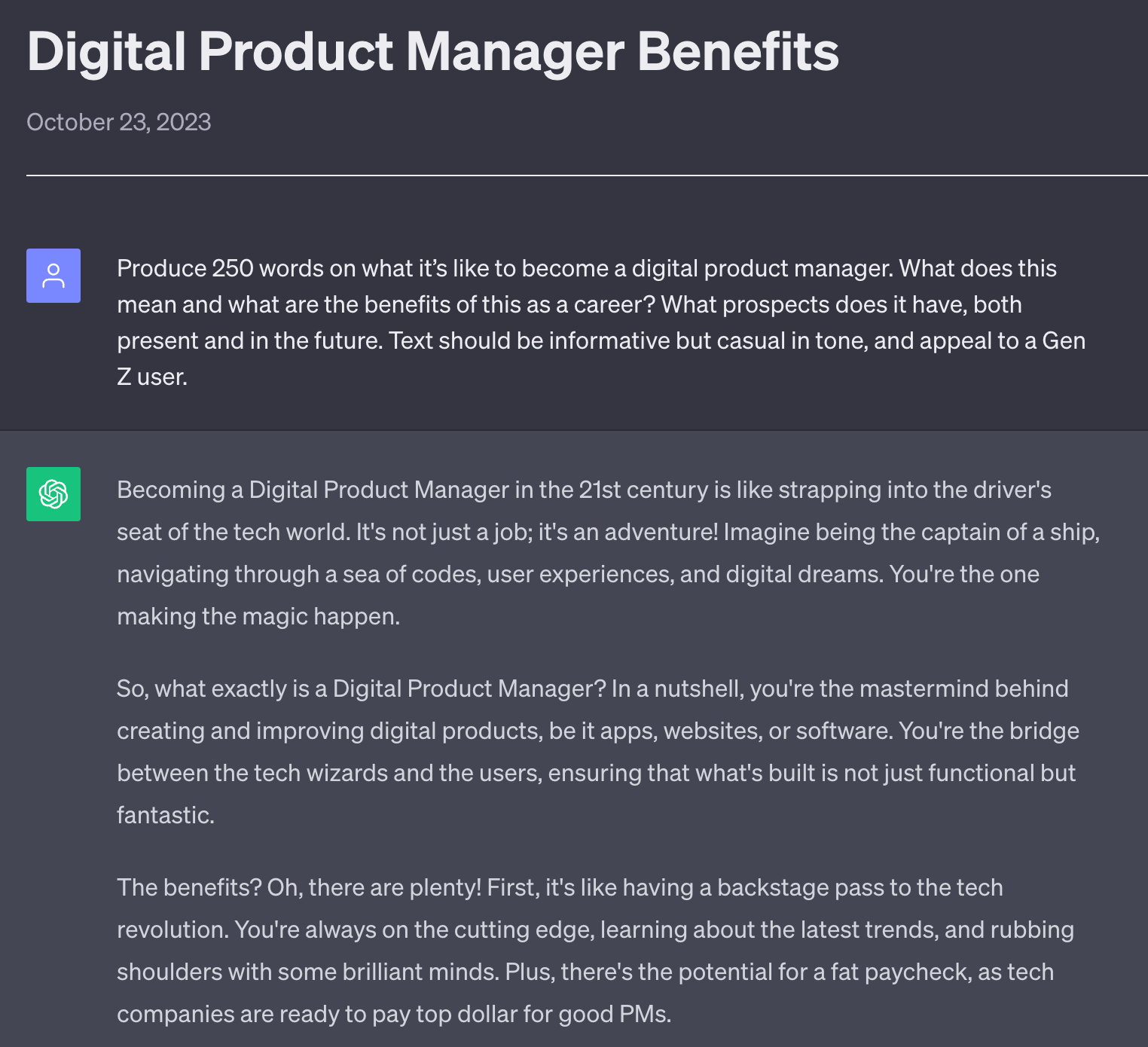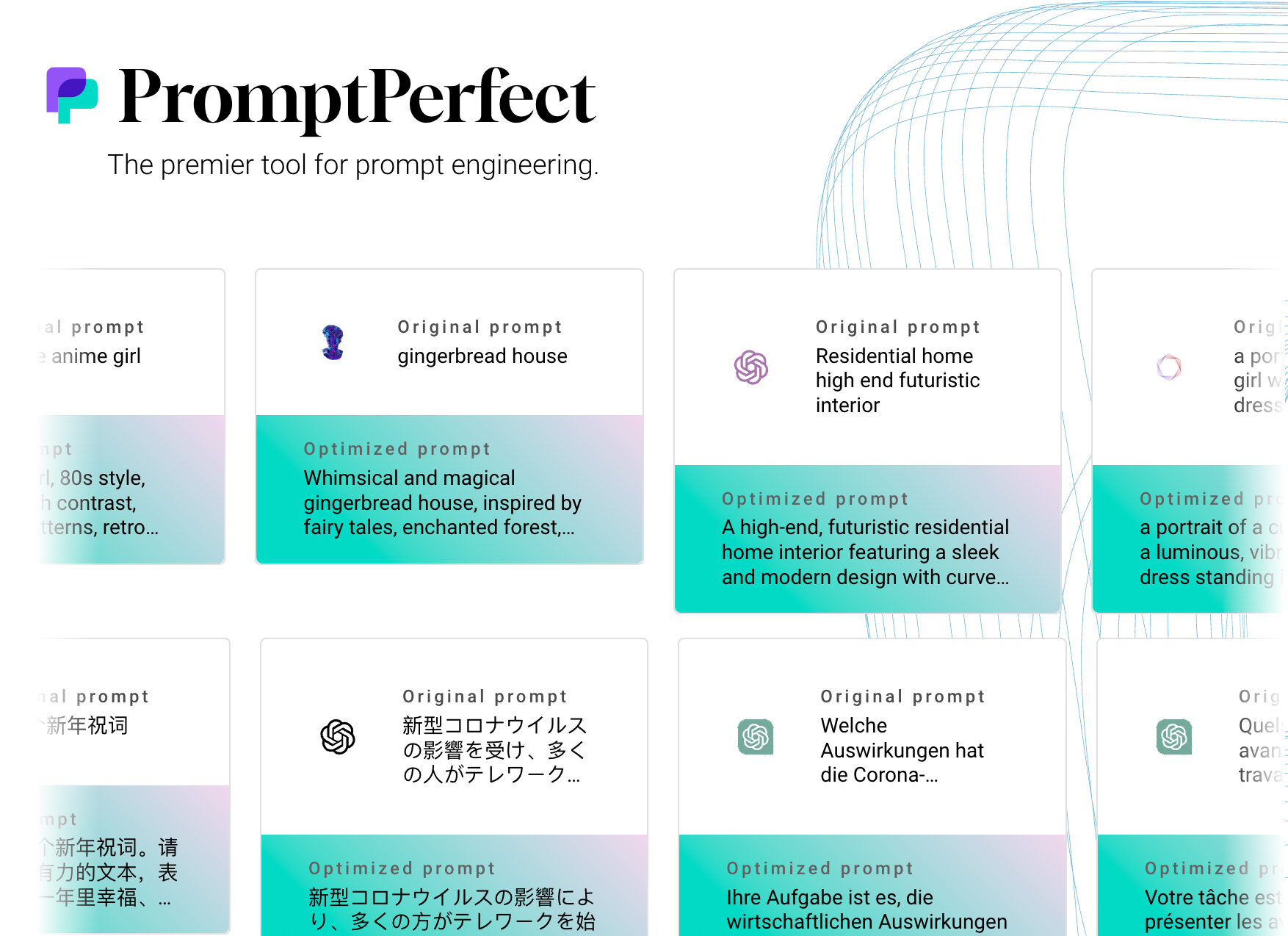AI technology is everywhere. But using the correct prompts holds the key to unlocking their potential. This week, we share the art of successfully framing requests and the tools to help you do it.
With so many AI-assisted tools exploding onto the scene, the learning curve on how to get the most out of them begins.
We now have tools that can create images or simple web designs to apps that can produce storytelling content or even royalty-free music to enhance marketing.
But as this world of new creative technology opens further, using it to the best of its potential is fast becoming an art in itself.
You can type pretty much anything you like into ChatGPT, for example, and get it to understand—but there are ways of tailoring these prompts to deliver more effective results.
It’s led to the coining of the term ‘prompt engineering,’ which is fast becoming a specialized and sought-after skill.
So, what constitutes an effective prompt for higher education marketing?
Read on for our team’s 10 tips for nailing your AI requests.
Also be sure to check out our CEO Piero Tintori's webinar on supercharging your digital marketing workflow with AI, using practicable examples you can use immediately.
1. Identify your AI goals
Before using AI tools in your digital marketing work, it’s a good idea to set goals, identify your audience, and strategize.
Do you want AI to help you generate ideas, written content, images, or videos to support marketing campaigns?
You may want to repurpose existing content in line with a new tone or even use AI to code.
AI can even help with search engine optimization.
There are many ways that AI can enhance the marketing and promotion of your university—and there will be many more to come—but it’s essential to be clear about what you want from existing tools and what success looks like.
2. Bite-sized tutorials
Equal to the rapid advance of new AI programs hitting the market are social media tutorials on how to use them.
AI prompt tutorials on TikTok
TikTok and YouTube are a fount of knowledge on this right now and could be the first port of call when setting out on your AI prompt writing journey.
AI prompt tutorials on YouTube
But those looking for an even deeper dive into the mechanics of prompt engineering can find a wealth of online courses outside of these platforms also, both paid and free.
3. Be descriptive and clear
Although it may seem like it sometimes uses natural language tools like ChatGPT, AI bots aren’t sentient.
They need you to spell out what you’re looking for…and in detail.
- For example, asking an AI tool how to make something won’t yield as detailed results as requesting it to explain the steps.
- You need to be clear and descriptive and, ideally, specify the tone of voice you need if using text-to-text AI for content.
The same goes for using AI imaging platforms like Midjourney.
- Art generators use text-to-image processing, so a poorly written prompt produces a substandard image.
- Describe the scene, colors, style, resolution, and more to achieve the result you’re looking for.
 Midjourney is an artificial intelligence program that generates graphics and illustrations
Midjourney is an artificial intelligence program that generates graphics and illustrations
Writing prompts are often much more than one-sentence questions or requests.
You need to provide background information, be detailed, and avoid asking questions that aren’t open-ended.
But there’s a balance—an overly descriptive request could leave you with too complicated a response, while too little can result in a vague, simplistic, or general answer.
So think about specifying word lengths, too, and experiment away.
Here are some examples.
Promo email to prospective students
Develop a promotional email for potential students for an open day on [insert date] at [insert university name]. Include the range of courses on offer, what they can expect from campus accommodation, and the best things about the area.
See it on ChatGPT: https://chat.openai.com/share/4053a0be-36a3-448f-b827-a673e550d17a
TikTok script
Write a one-minute-long script for TikTok about studying in [insert city name] and being a student.
The script should be fun, entertaining, and light-hearted. It should appeal to a Gen Z audience.
See it on ChatGPT: https://chat.openai.com/share/adafe953-7e56-43a0-9688-652200da0001
Email subject lines
Create four different email subject lines to promote an open day at [insert university name].
See it on ChatGPT: https://chat.openai.com/share/d47c77ab-312a-4eb0-b033-e8fec50bdf9b
SEO campaign
Generate a list of keywords for an SEO campaign related to studying architecture in the UK. Include long-tail keywords and low-competition keywords.
See it on ChatGPT: https://chat.openai.com/share/8d08e1c4-9a42-41c5-a29f-d1489c734736
4. Get conversational
Don’t talk to AI tools like robots or computers; speak to them like a colleague in the office.
Be conversational in tone, using active verbs, descriptive language, and context.
But avoid jargon or fluff.
Prompts not only need to be accurate and detailed, but they also need to sound natural.
After all, you often hope to use the results in the real world, too.
Here’s a quick example below. It’s not perfect; we found the results jargon-heavy and maybe a bit too quirky, but by interacting with ChatGPT, we could refine it further by asking for a more sophisticated tone and reducing the jargon.
Experimentation is everything!
Digital Product Manager Benefits
Produce 250 words on what it’s like to become a digital product manager. What does this mean, and what are the benefits of this as a career? What prospects does it have, both present and in the future. Text should be informative but casual in tone and appeal to a Gen Z user.
See it on ChatGPT: https://chat.openai.com/share/9ddace5d-2aa1-48d8-9ad2-468902a272b7
5. Provide examples
AI models respond better when shown examples of the kind of content or information they’re being asked to unlock.
If you have a specific format in mind, then detail it.
This can enhance results in areas like tone of voice on text-to-text AI services as well as text-to-image output tools.
A quick Google will bring in thousands of examples of what specific prompts have achieved, and you can build on these examples as you get to grips with harnessing the power of AI technology.
6. Follow up
With natural language tools, you can dig deeper after your initial response to elicit more responses.
It’s also worth noting that—although rare—these online robots can make mistakes, so it’s always worth asking AI tools to check and validate responses or assumptions if you’re not wholly satisfied.
Sometimes, if the query is long and detailed, it can be better to break the prompt into smaller questions and fields to give the AI more focus points and the ability to answer each element in greater detail.
7. Ask for information in different formats
Whether you’re asking a tool like ChatGPT to share data from other sources or telling it to present data you already have, remember that this can be delivered in different formats.
Information can be presented in tables, diagrams, and even flow charts to let you visualize data, whether for internal digital analytics or to present in a piece of content online.
Written content can also be presented at varying levels of reading ability, from young children to expert levels, including professional insights and relevant terminology.
8. Use ChatGPT to create prompts
Wondering how to write a prompt for, say, a UI design tool or an image creation platform?
Ask ChatGPT itself!
As time passes, these existing text-to-text tools are becoming more intuitive and trained on how to get the most out of other AI platforms.
9. Use prompt writing tools
A growing number of prompt tools to assist with AI content generation are now emerging.
These can help you refine your prompts while providing a solid insight into what past requests have delivered different results.
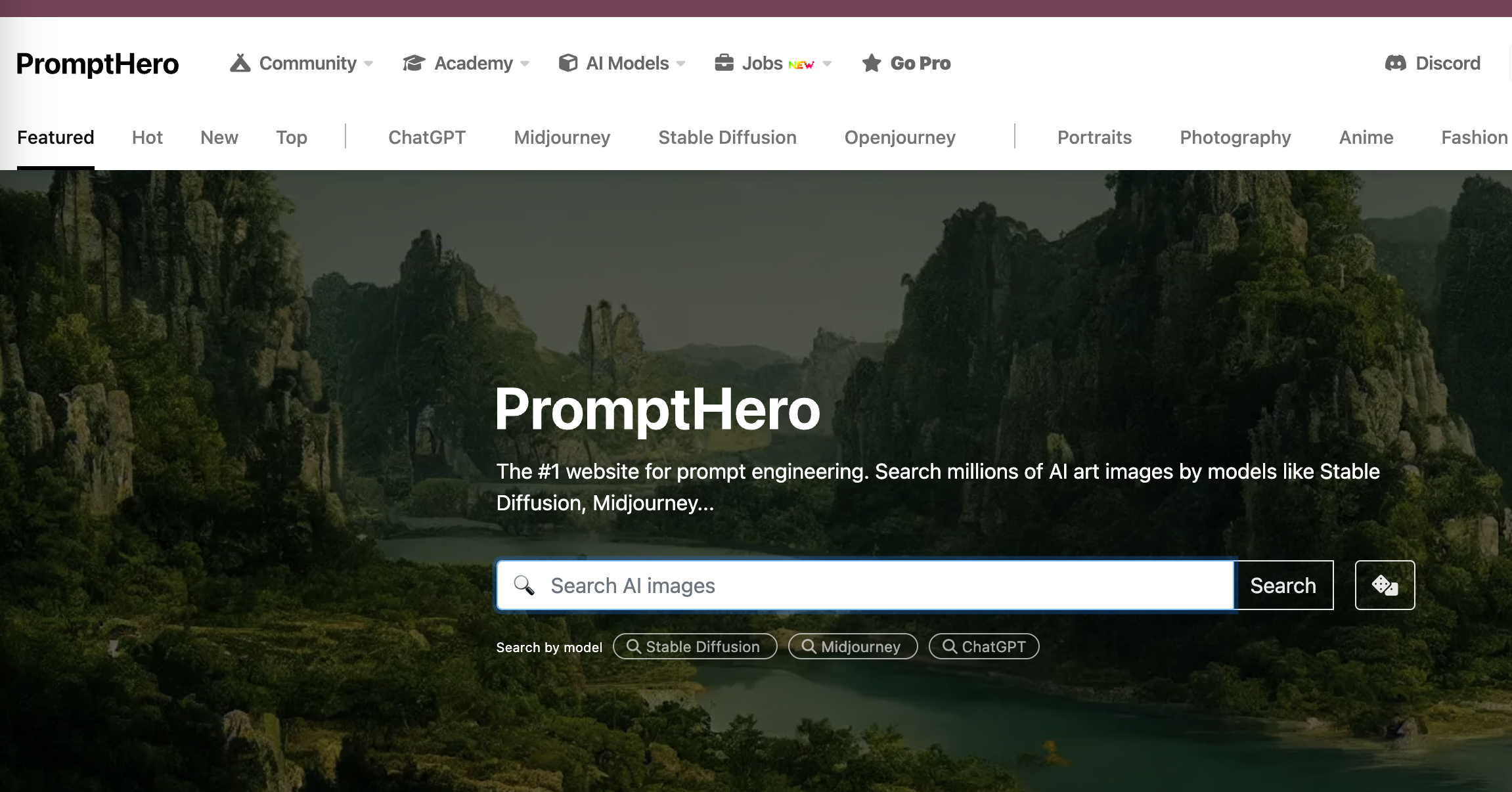 PromptHero lets you search for AI prompts in an easy to use format
PromptHero lets you search for AI prompts in an easy to use format
Tools like PromptPerfect and PromptHero can help you develop the language in your prompt, especially in areas that might not be your expertise, and also suggest styles and examples.
PromptPerfect is a useful prompt optimizer
10. Test
As we’ve said, writing effective AI prompts is more of an art than a science.
Trial and error will be fundamental in learning how to achieve the best results.
Split testing (or A/B testing) can be useful here: use two different versions of a prompt to see what works best.
Continue to modify prompts until you’re yielding the results you want; iteration is key.
To say that AI is a fast-moving sector would be a vast understatement right now.
So, while these top tips will help propel you to prompt writing perfection, it’s essential to always look for new advice, tools, and guidance in this rapidly evolving sphere.
Do you have any other prompt tips to share? Tell us about them in the comments below or reach out to our team; we love to hear your experiences.

:format()//media/AI-prompts-for-higher-education-marketing---RQ.png)
